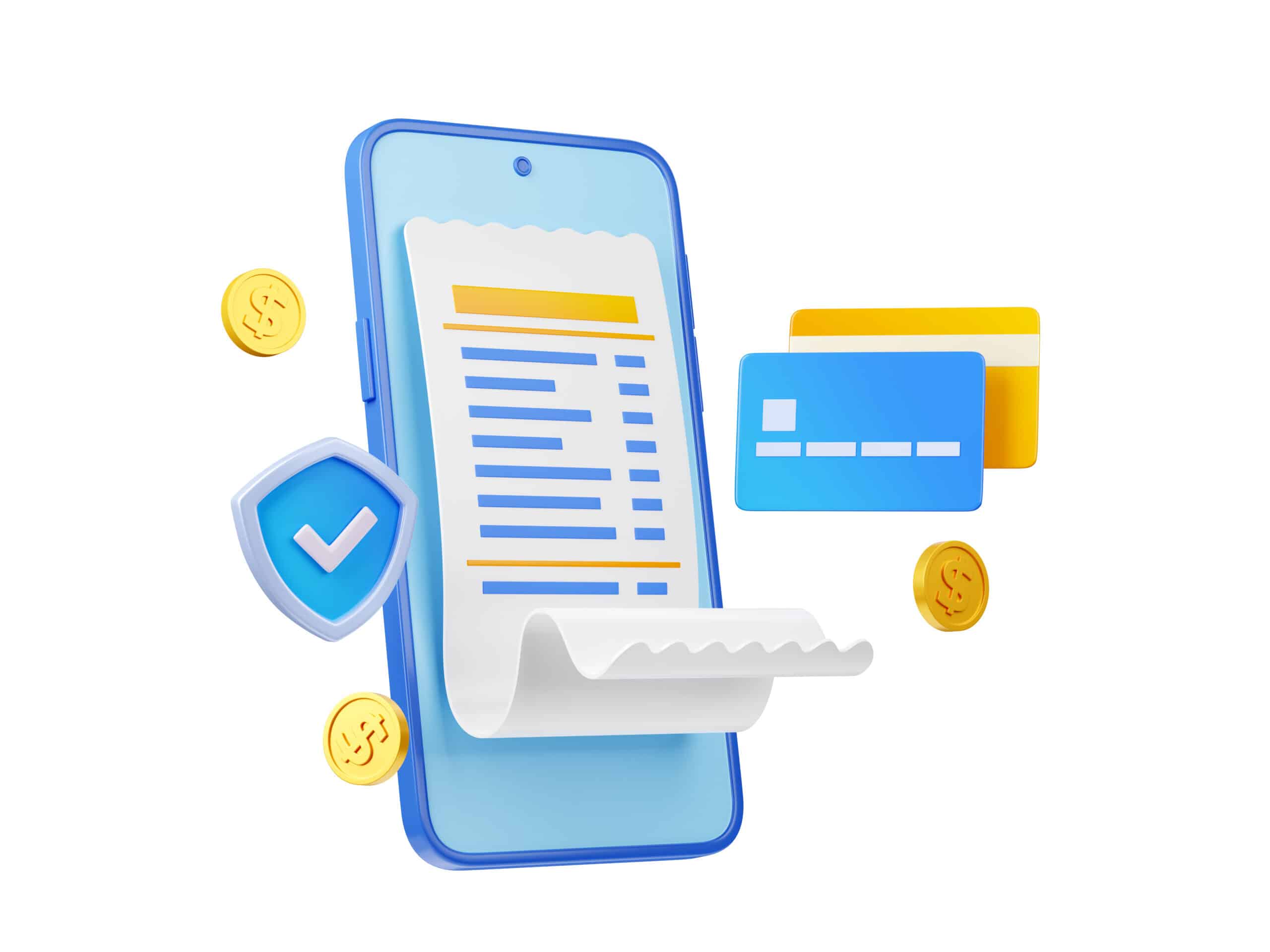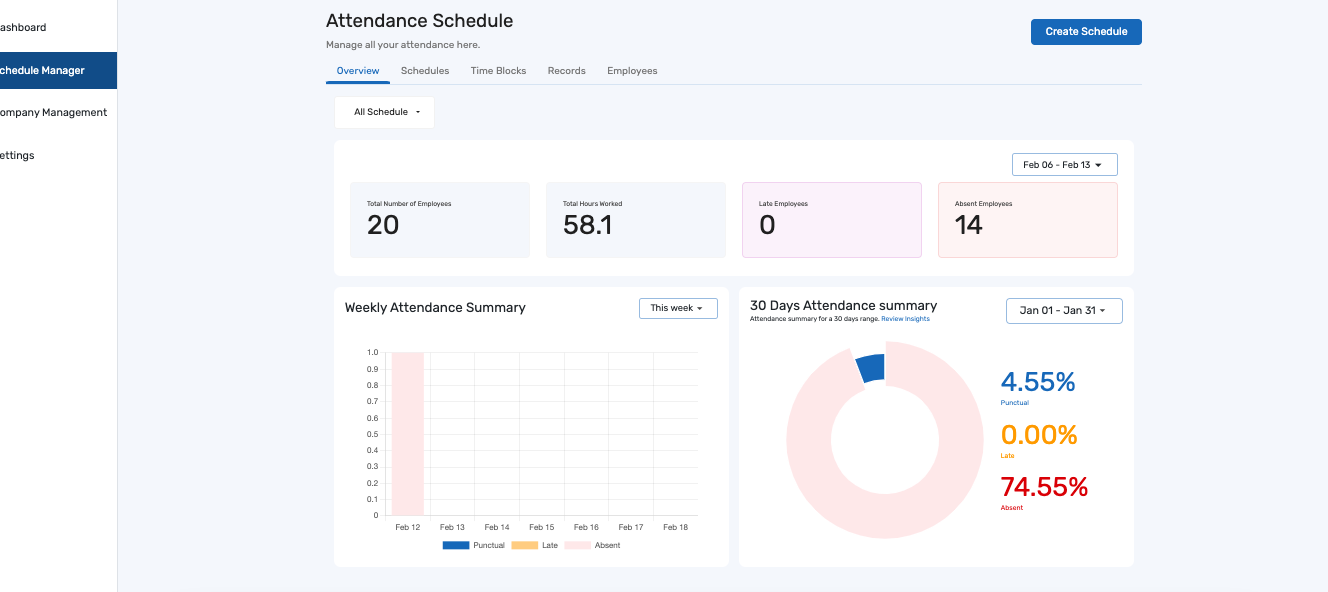Implementing a payroll software in Zambia is a significant step toward streamlining your payroll processes, enhancing accuracy, and ensuring compliance with local regulations. For businesses in Zambia, choosing and implementing the right payroll software in Zambia in 2026 involves several critical steps. This guide will walk you through the entire process, from understanding your needs to ensuring a successful rollout.

1. Assess Your Business Needs
Before selecting a payroll software in Zambia, conduct a thorough assessment of your payroll needs. Consider the number of employees and the complexity of your payroll, including full-time, part-time, and contract workers. Determine whether you need to process payroll weekly, bi-weekly, or monthly.
Understand Zambian payroll regulations, including tax laws, National Pension Scheme Authority (NAPSA) contributions, and other statutory deductions.
2. Define Your Requirements
Based on your assessment, define the key features and functionalities you need in a payroll software in Zambia. Ensure the software can handle salary calculations, taxes, deductions, and benefits automatically. Look for software that supports direct bank deposits and other payment methods.
The payroll software in Zambia should help you comply with Zambian tax laws and generate necessary forms and reports for NAPSA and tax authorities. Comprehensive reporting tools to analyse payroll data and generate insightful reports.
3. Research and Select Payroll Software in Zambia
Research different payroll software options available in the market. Look for feedback from other businesses in Zambia or similar markets. Ensure the software meets all your defined requirements. Choose payroll software in Zambia that can grow with your business. Reliable customer support is also crucial for troubleshooting and assistance.
4. Budget Considerations
Evaluate the costs associated with the payroll software, including costs for software setup and configuration, monthly or annual subscription fees based on the number of employees or usage, and costs for additional features, customer support, and training.
5. Plan the Implementation Process
Create a detailed implementation plan to ensure a smooth transition. Set a realistic timeline for the implementation process, including time for training and data migration. Identify key team members responsible for different aspects of the implementation, such as IT, HR, and finance. Gather all necessary payroll data, including employee information, salary details, tax information, and historical payroll data.
6. Data Migration
Data migration is a critical step in the implementation process. Ensure all data is accurate and up-to-date before migration. Securely transfer data to the new system, ensuring compliance with data protection regulations. Test the migrated data to ensure it is correctly imported and the system calculates payroll accurately.
7. Training and Support
Proper training is essential for successful implementation. Provide comprehensive training for all users, including HR staff, payroll administrators, and employees. Offer user manuals, tutorials, and FAQs to help users navigate the new system. Ensure continuous support is available to address any issues or questions that arise post-implementation.
8. Go-Live and Post-Implementation Review
Once the payroll software is implemented and users are trained, it’s time to go live. Closely monitor the first few payroll runs to identify and resolve any issues. Gather feedback from users to improve the system and address any concerns. Regularly review and update the payroll processes to ensure ongoing efficiency and compliance.
Conclusion on Payroll Software in Zambia
Implementing payroll software in Zambia in 2026 requires careful planning and execution. By assessing your business needs, defining requirements, selecting the right software, and following a structured implementation plan, you can achieve a seamless transition to a more efficient payroll system. Proper training, support, and continuous improvement are key to maximising the benefits of your new payroll software, ensuring accuracy, compliance, and enhanced productivity for your business.
Book a demo with SeamlessHR, Zambia’s integrated, cloud payroll & Human Resource system to learn more about payroll software.
SeamlessHR’s payroll software is also available in other African countries; Nigeria, Kenya, Ghana, South Africa, Tanzania, Gambia, Uganda, Ethiopia, Botswana.
An all-in-on HR & Payroll software in Zambia
SeamlessHR – HR, Payroll, Time & Attendance Software for Zambia





